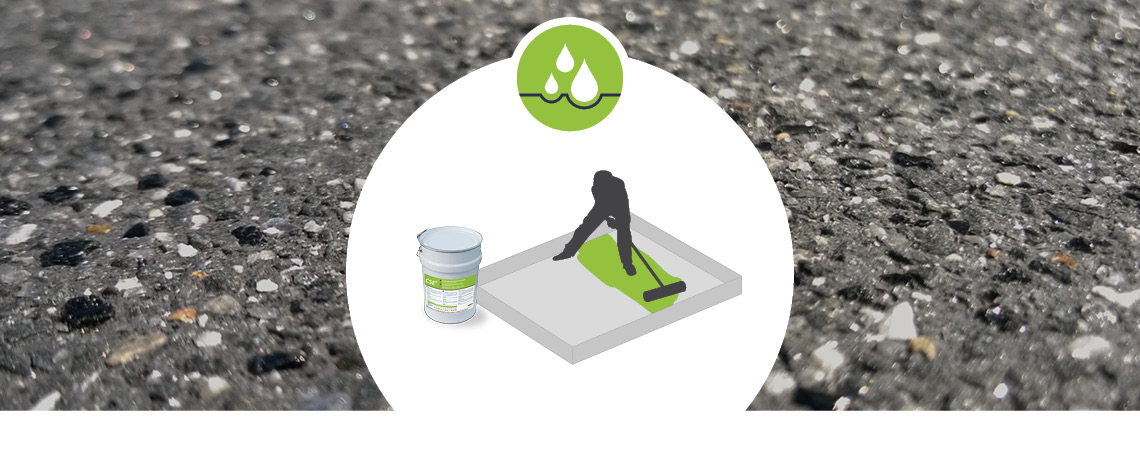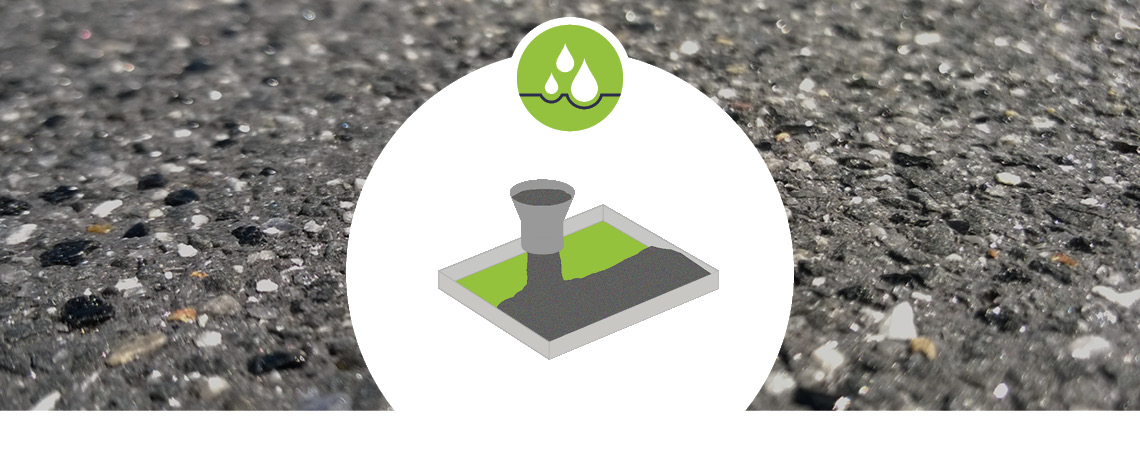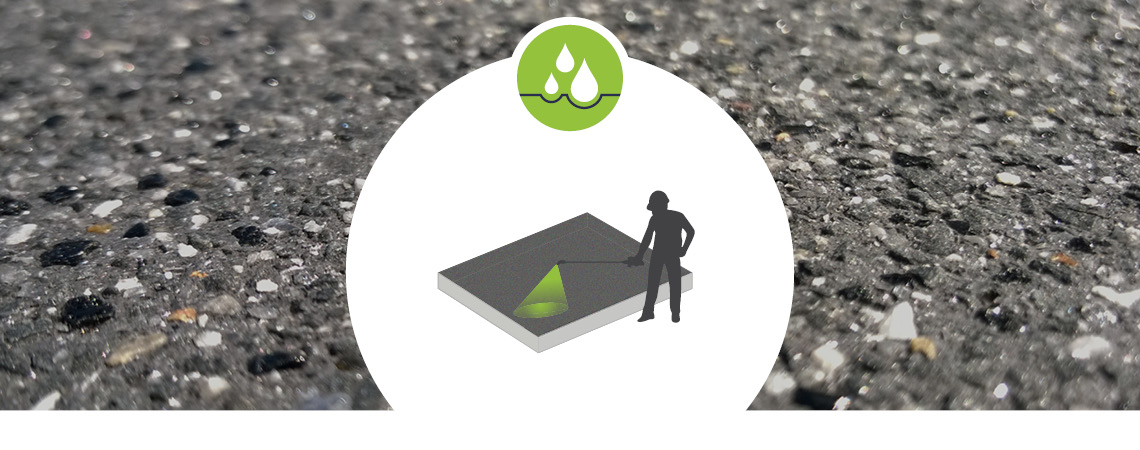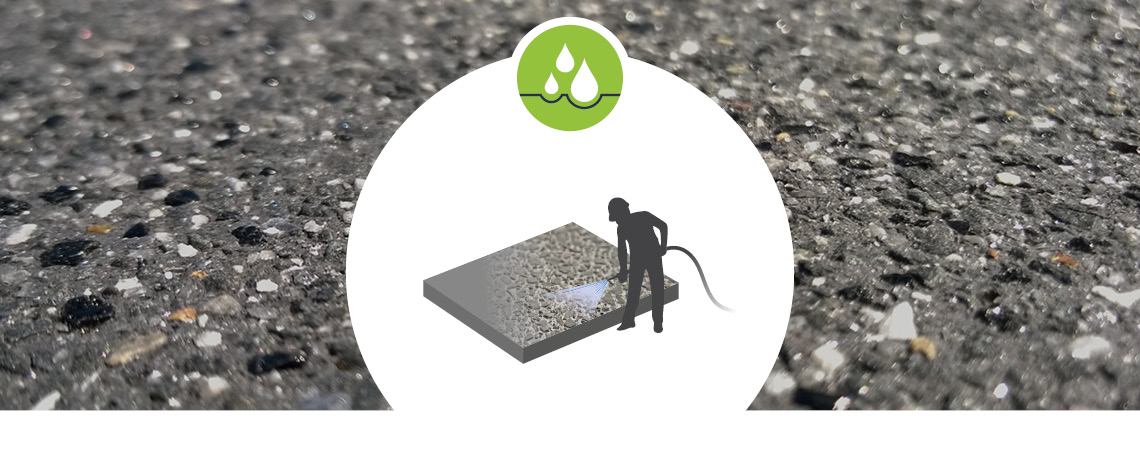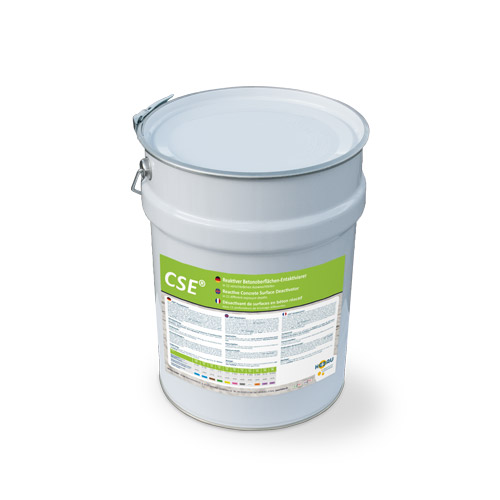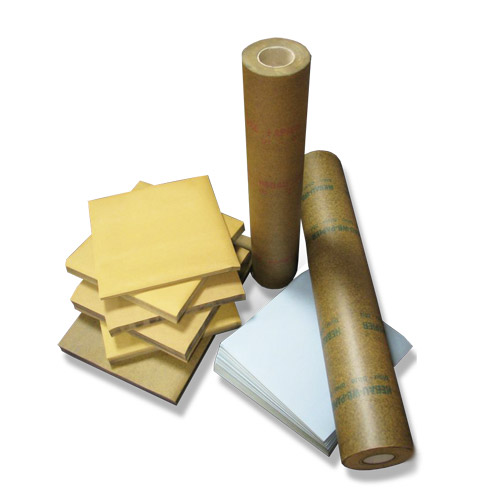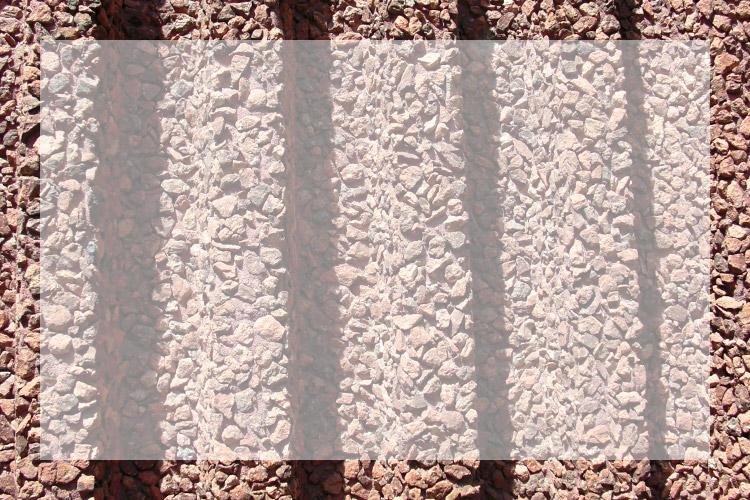Exposed Aggregate Concrete -
how to reveal real beauty.
Exposed aggregate concrete refers to a surface, where the
cementitious paste of the concrete surface is stopped from hardening and is removed/washed off,
revealing the aggregate used inside the concrete mix. If you wish to achieve
a special “look” just choose your aggregate accordingly.
This is how it works
The HEBAU products recommended to do the “exposing job” contain active ingredients, whose primary task is to prevent the hydration of the top layer of the cement paste in a previously defined “exposure depth”, whilst the concrete beyond this “exposure depth” hydrates normally. That’s the whole trick. The deactivated cement paste on the surface is then removed by “washing” off with a high-pressure cleaner. The aggregates in the concrete are now exposed and therefore it is referred to as “exposed aggregate concrete” (from an exposure depth of 2 mm) resp. “micro exposed aggregate concrete” (up to an exposure depth of 2 mm).
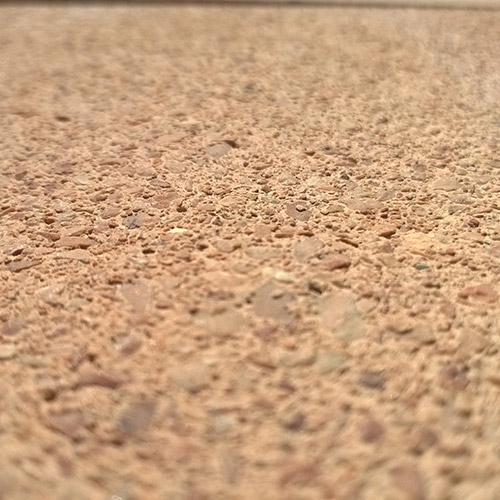
exposure depth 01

exposure depth 10

exposure depth 50
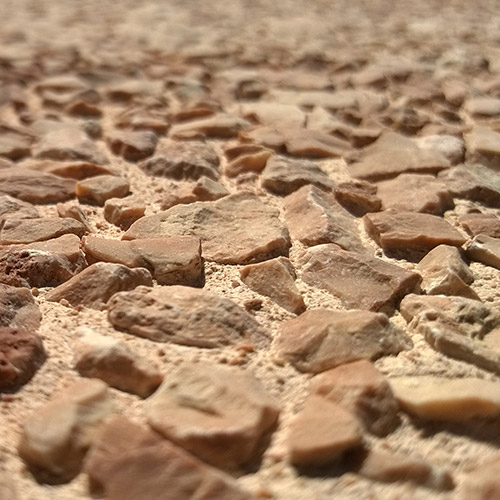
exposure depth 130
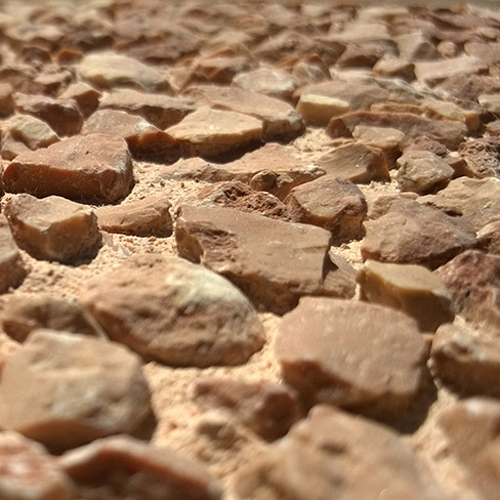
exposure depth 300
These are the two product lines we offer for producing exposed aggregate concrete
CSE® Deactivators are liquid, paint-like materials and can be applied in 2 different methods.
When the deactivator is applied to the mould surface, before the concrete is cast (similar to the application of a mould release agent), this is referred to 'negative' or 'face-down' application - widely used in precast concrete applications.
It is also possible to spray the CSE® Deactivator directly onto the fresh concrete, for example after trowelling, as done when using cast-in-place concrete for decorative concrete paving. This is then referred to as 'positive' or 'top-surface' application.
HEBAU’s retarder paper’s front side is coated with a reliable concrete surface retarder resp. deactivator. The reverse side is plastic-coated, waterproof and marked for easy identification of the different exposure depth types.
Unlike the liquid CSE deactivators, the retarder papers are limited in application - to the negative or face-down application - namely by placing the retarder paper into the mould with concrete being casted on top. HEBAU retarder papers are widely used for paving slabs/tiles, steps, stair treads and other prefabricated pieces of concrete with an exposed aggregate surface.
Do you have questions about our products? Contact our experts directly – we’re happy to help.
